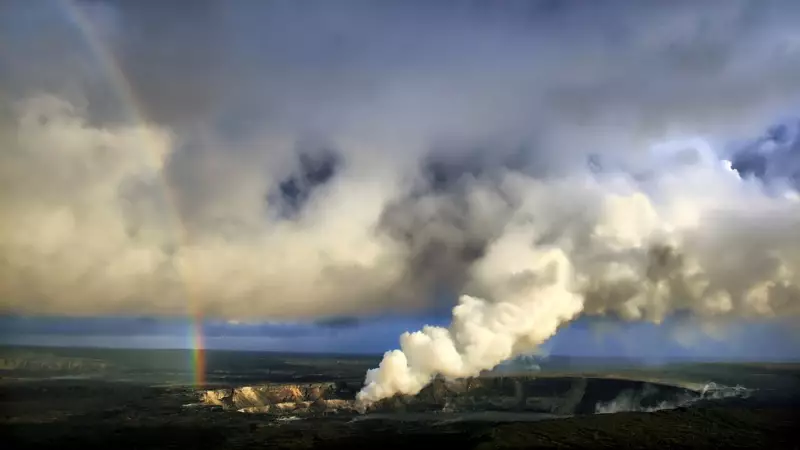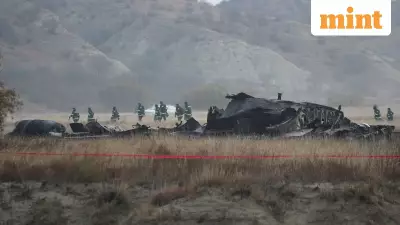
Our planet Earth demonstrates its raw power and vitality through volcanoes that serve as constant reminders of nature's incredible force. While some volcanoes remain dormant for centuries, others maintain almost continuous activity, spewing ash, lava, and gases that dramatically transform landscapes, influence global climate patterns, and create unique ecosystems. From the fiery Pacific Ring of Fire to Europe's volcanic hotspots, these geological giants command both awe and respect from scientists and observers worldwide.
The Pacific Ring of Fire Volcanoes
Mount Merapi in Indonesia lives up to its name which translates to "Mountain of Fire." Located near Yogyakarta on Java Island, this volcano holds the distinction of being Indonesia's most active volcano. It typically erupts every few years, producing dangerous pyroclastic flows—fast-moving clouds of superheated ash and gas—along with growing lava domes. The 2010 eruption marked one of its most significant events in recent history, forcing massive evacuations and covering surrounding villages in thick layers of volcanic ash. Despite the dangers, local communities continue to live on its slopes, benefiting from the incredibly fertile soil that supports abundant agriculture.
Kīlauea in Hawaii, USA represents one of the world's most extensively monitored and studied volcanoes. Situated within Hawai'i Volcanoes National Park, this shield volcano maintained an almost continuous eruption from 1983 until 2018. The dramatic 2018 event significantly altered local neighborhoods while simultaneously creating new coastal land formations. Activity has continued from the Halemaʻumaʻu crater since then. Beyond its geological significance, Kīlauea holds deep cultural importance for Native Hawaiians who consider it the sacred home of Pele, the goddess of fire and volcanoes.
European Volcanic Marvels
Mount Etna dominates Sicily's eastern coastline as Europe's tallest and most active volcano, reaching approximately 3,329 meters in elevation. With a volcanic history spanning more than 500,000 years, Etna displays nearly constant activity. Its eruptions vary from gentle lava flows to violent explosive events that illuminate the night sky. The volcanic soil surrounding Etna proves exceptionally fertile, supporting extensive vineyards and agricultural operations. In recognition of its exceptional geological value, UNESCO designated Mount Etna as a World Heritage Site in 2013.
Mount Stromboli, often called the "Lighthouse of the Mediterranean," has maintained continuous eruptions for over 2,000 years—one of the longest-recorded volcanic activities in human history. Located on the Aeolian Islands north of Sicily, this volcano produces regular Strombolian eruptions characterized by small, frequent explosions that project incandescent lava into the atmosphere. The predictable nature of these eruptions allows visitors to safely observe volcanic activity from relatively close distances, making the island a popular destination for both tourists and volcanologists.
The Icy Volcano of Antarctica
Mount Erebus presents a remarkable contradiction as the southernmost active volcano on Earth, standing 3,794 meters tall on Ross Island in Antarctica. This unique volcano maintains a persistent lava lake that has bubbled continuously for decades, even amidst temperatures dropping below –50°C. Originally discovered in 1841 by polar explorer Sir James Clark Ross, Erebus continues to serve as an important site for scientific research, demonstrating how fire and ice can coexist in one of Earth's most extreme environments.
These five volcanoes represent nature's incredible power to both create and destroy. They continuously reshape our planet's surface while providing valuable insights into Earth's geological processes. Their constant activity reminds us that our planet remains a dynamic, living system that demands both respect and careful study from the scientific community and general public alike.





